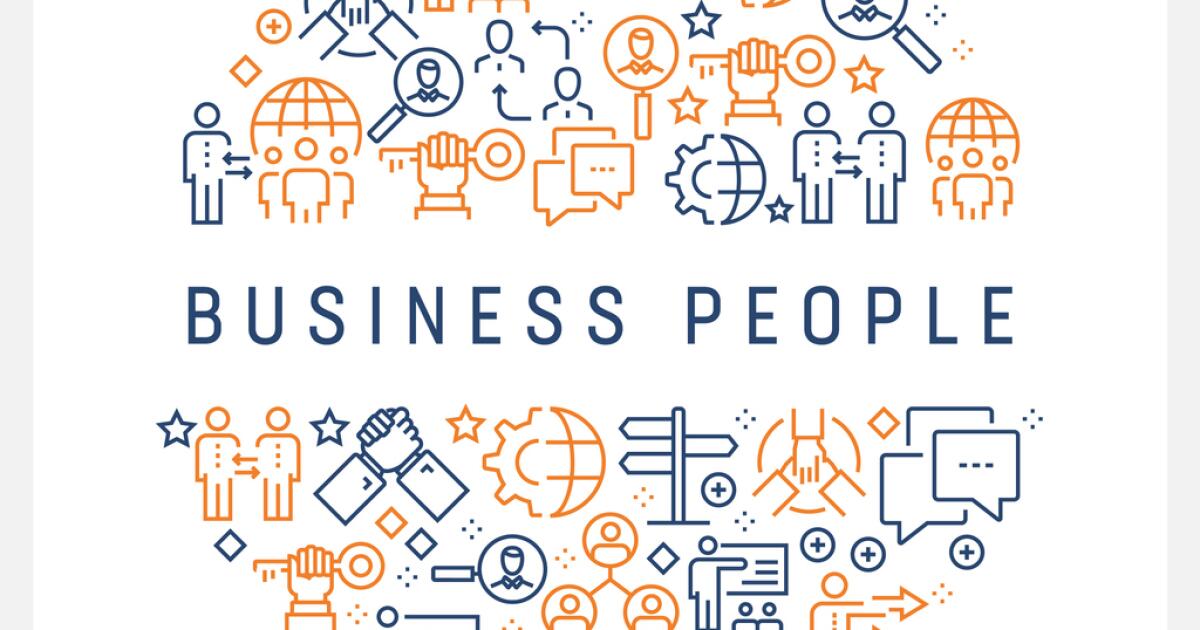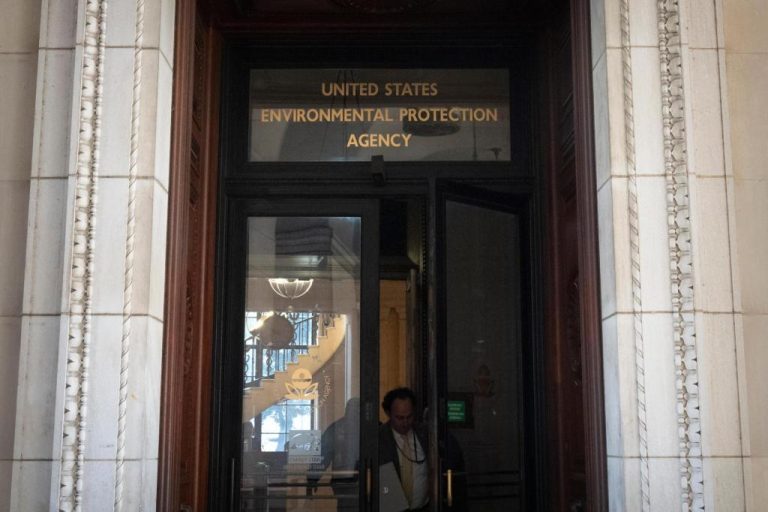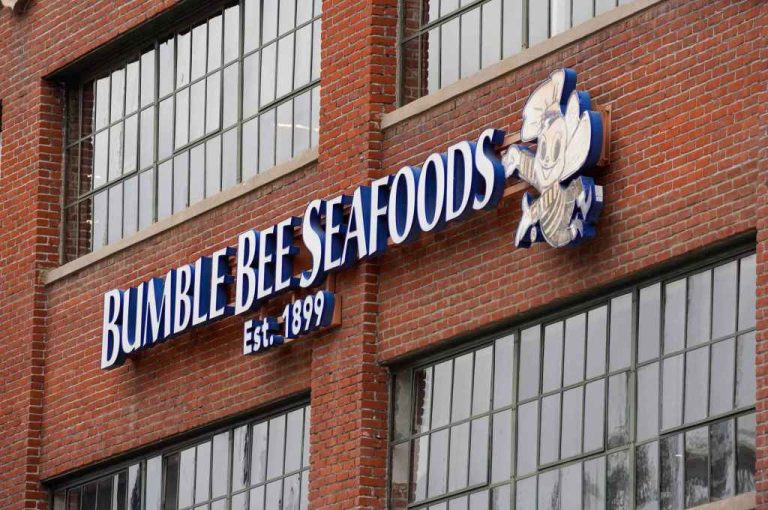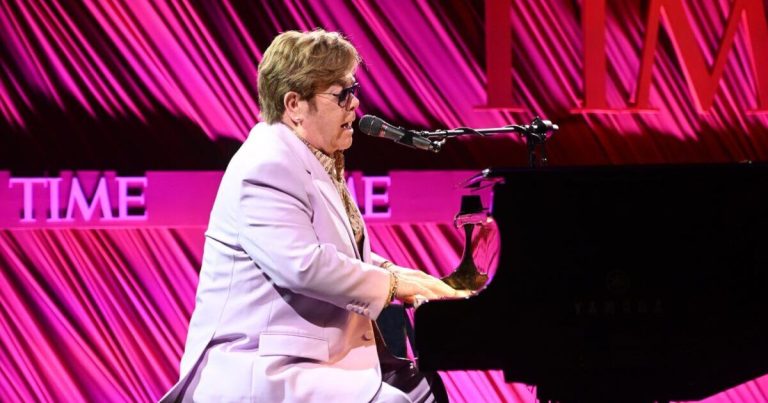
Let’s talk about decision-making, specifically about buying and selling. We do this every day, ranging from a double latte with cinnamon for $6 or a nice sculpture for the front yard for $25,000.
Then let’s refine the topic a bit more to look at trading, or more accurately at buying and selling with respect to deal-making. This is my favorite gambit, I love parsing deals, trying to find logic in the numbers, the nuances, and the expected value of the trade. I am always looking for rational man/woman behavior in light of the human tendency to do stupid things and choose badly.
This is classic stuff, and Michael Platt, a Wharton professor, has developed a framework “to describe how buyers and sellers make decisions during trading.” If I would be willing to sell something of mine to you for $20, would I be willing to buy the identical item from you for $20 as well? Most of the time the answer is no. This is called the “endowment effect,” which essentially says that my stuff does not smell, while yours does.
In 1980, Richard Thaler described this as cognitive bias. People tend to value objects they own more than objects they don’t. It is the power of “emotional attachment.” It was my mother’s ring, I could never sell it for a thousand dollars, even though she bought it at a dime store.
Platt says this is “objectively irrational” but we do it anyway. He goes on to say that a “deal is more likely to be struck when buyers and sellers focused on potential gains rather than losses.” The kicker in this study is that Platt studied their eyeballs and pupils, and when they were dilated, a deal was more likely.
This clearly argues for looking the other side in the eye. It is the visions of sugar plums deal making tell. Maybe this is why poker players wear dark glasses at the table. (Maybe bring an eye chart to the meeting).
The problem in deal-making is both the endowment effect and “loss aversion,” which says that people feel a loss more keenly than they do a gain. Both of these factors mitigate against effective deal-making. It is why people get stuck and find it hard to commit. The classic here is holding a losing stock forever, knowing it is a dog, being unwilling to take the loss, because you hope that it will come back. After all, you bought it, so it must be valuable.
If I offer to pay $100 to buy your painting, and if you say yes, then for sure, on your way back to the studio, you are going to wonder if I would have paid $120. The question we ask ourselves is how do we know if we won. (The bazaar effect).
I say this a bit tongue in cheek, but Platt is clear, “we are always on the lookout for threats,” what we might lose more than what we might gain. Now consider that sentence in the light of investing $8 billion with Sam Bankman-Fried and waking up one day to find that it is all gone. Poof.
Platt also posits that the endowment effect is caused by inertia. “Both buyers and sellers are reluctant to alter the status quo,” and therefore they need a discount, they need a kicker, they need to get something extra to feel that they got a better deal — something to overcome the hesitancy to make a deal.
Platt did a study (that is what researchers do) using lottery tickets. He monitored the participants’ eyeballs as well as their eagerness or reluctance to part with their specific lottery ticket.
Sure enough, the endowment effect was at full blast. After all, it was a lottery ticket, but simply because it was mine, my willingness to part with it was high. Same was true for buyers.
So how can we improve our deal-making?
One idea is to surprise the other side, suddenly stand up and accept the deal. Caught off guard, how can you agree now, after saying no for two weeks?
Another idea is to put the “price” in a big, colorful font, instead of hiding it at the bottom. Pupils dilate.
The goal is always simple — get to yes.
Rule No. 786: How much is that doggie in the window?
Senturia is a serial entrepreneur who invests in early stage technology companies. Please email ideas to Neil at neil@blackbirdv.com.




